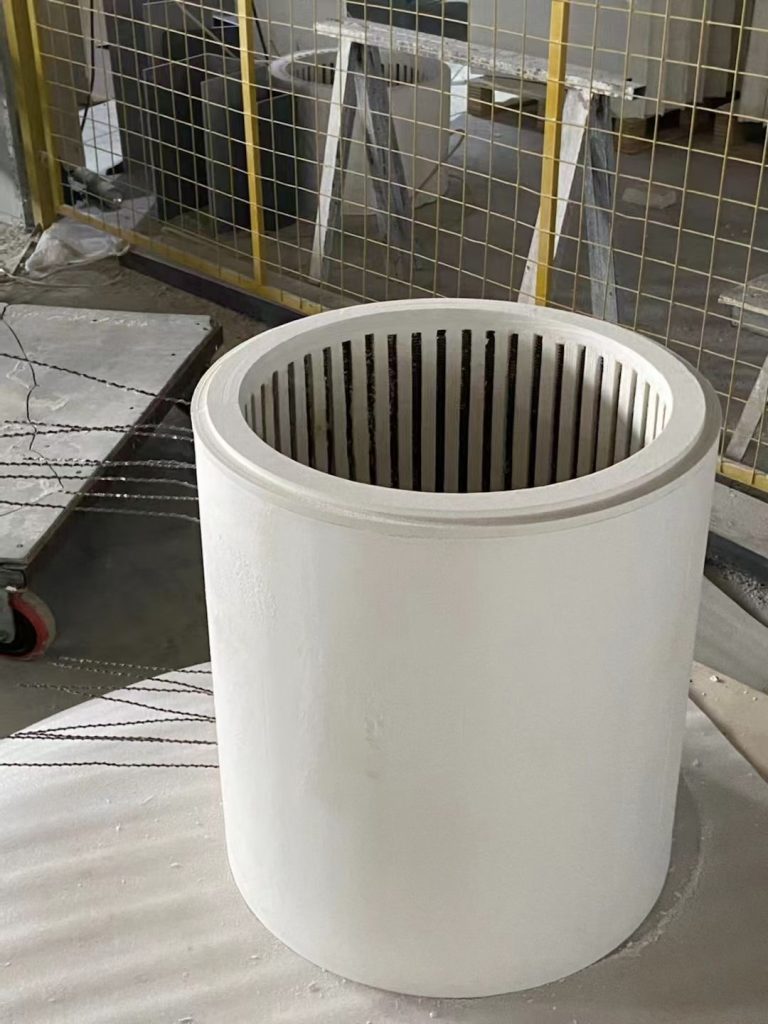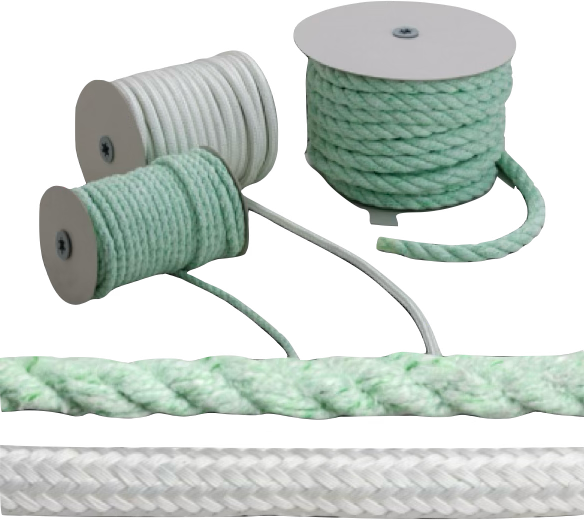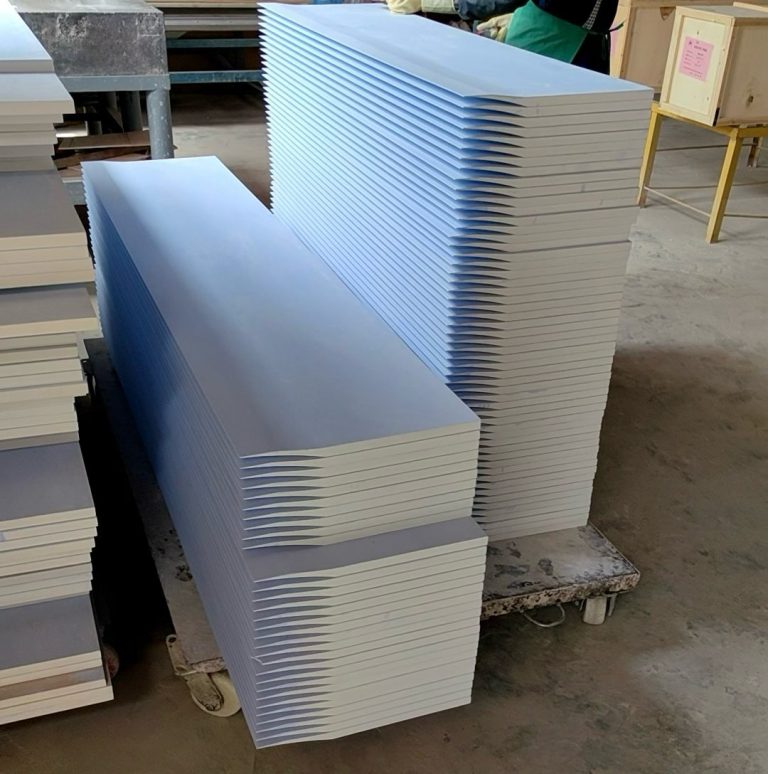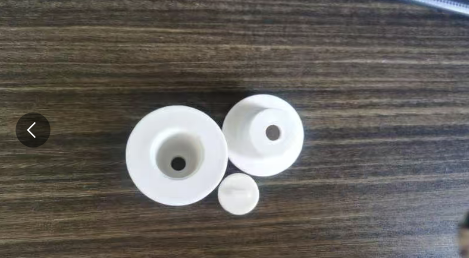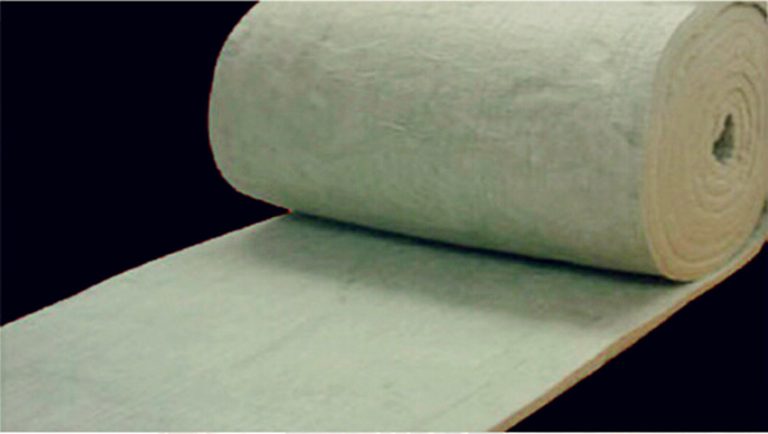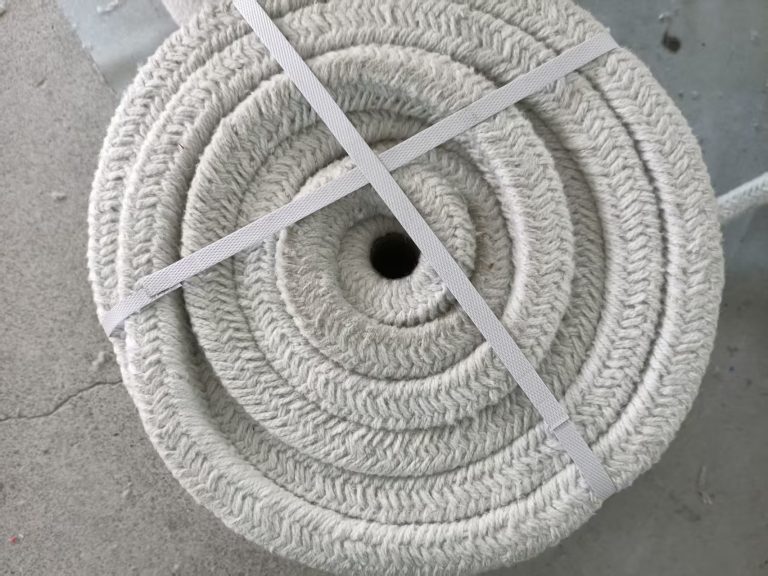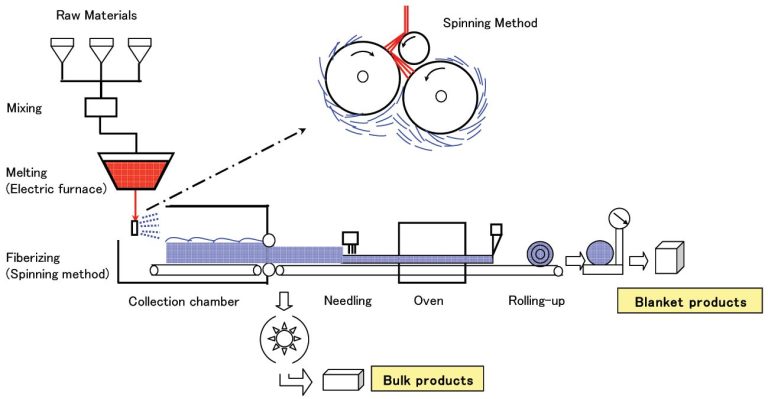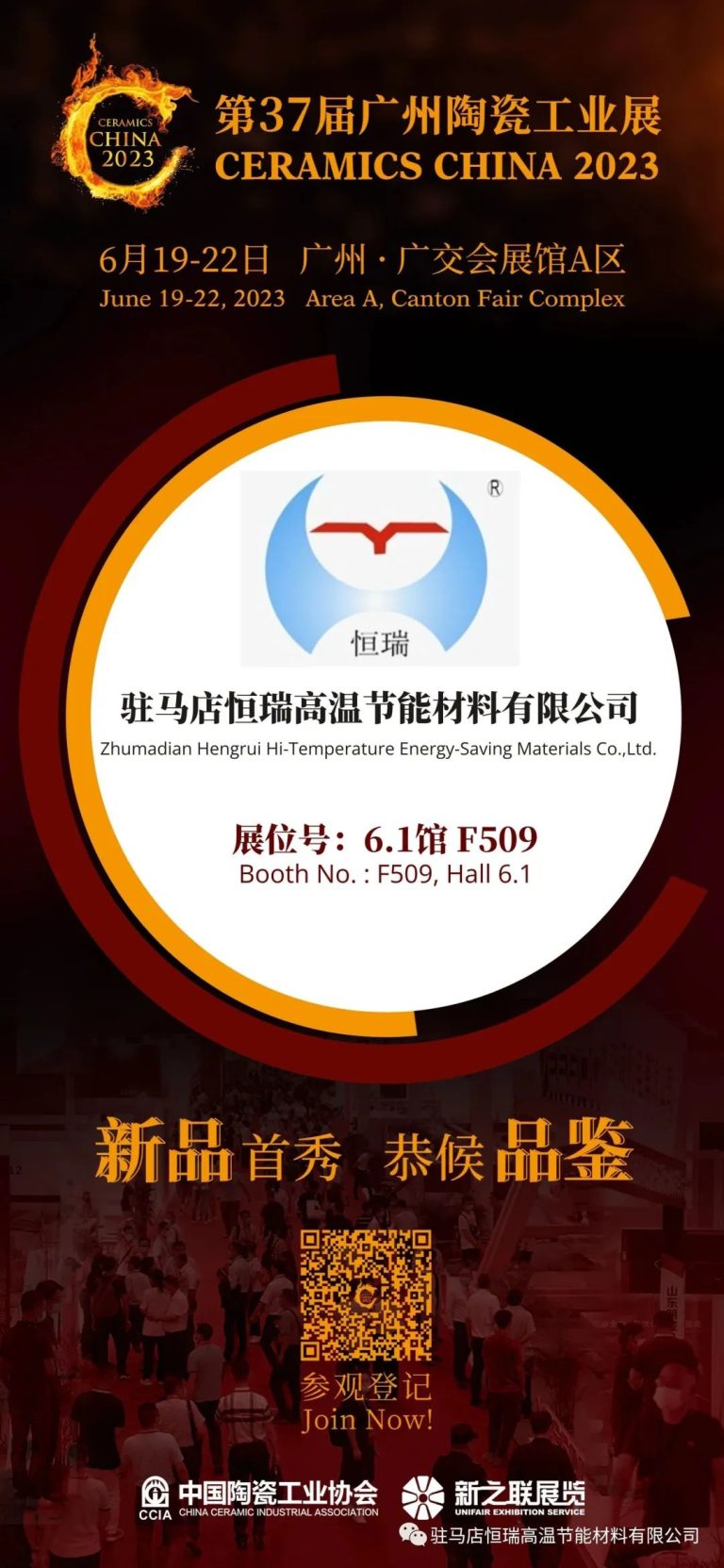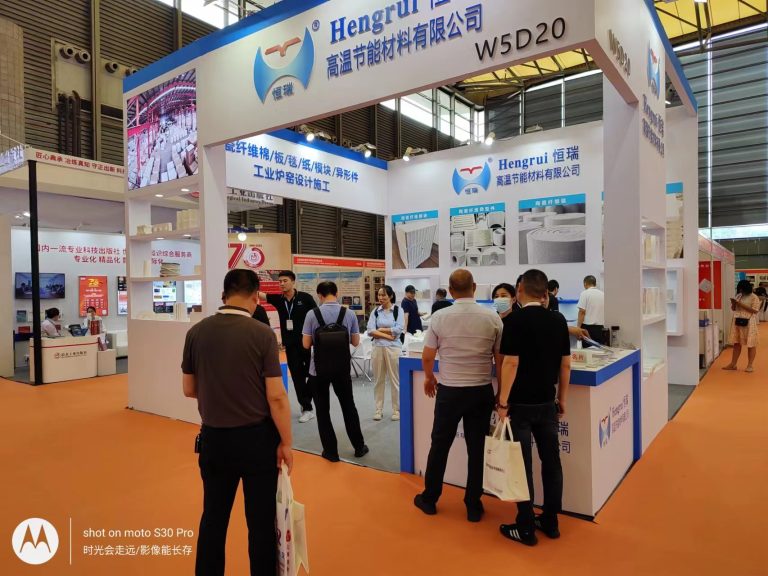Electric heating alloys are widely used in industrial furnaces, household appliances, and various heating devices. Among them, FeCrAl (iron-chromium-aluminum) and NiCr (nickel-chromium) alloys are the two most commonly used types. Each has its own advantages and limitations depending on the application. This article outlines the key benefits and drawbacks of both alloys to aid in selecting the appropriate material for high-temperature heating applications.
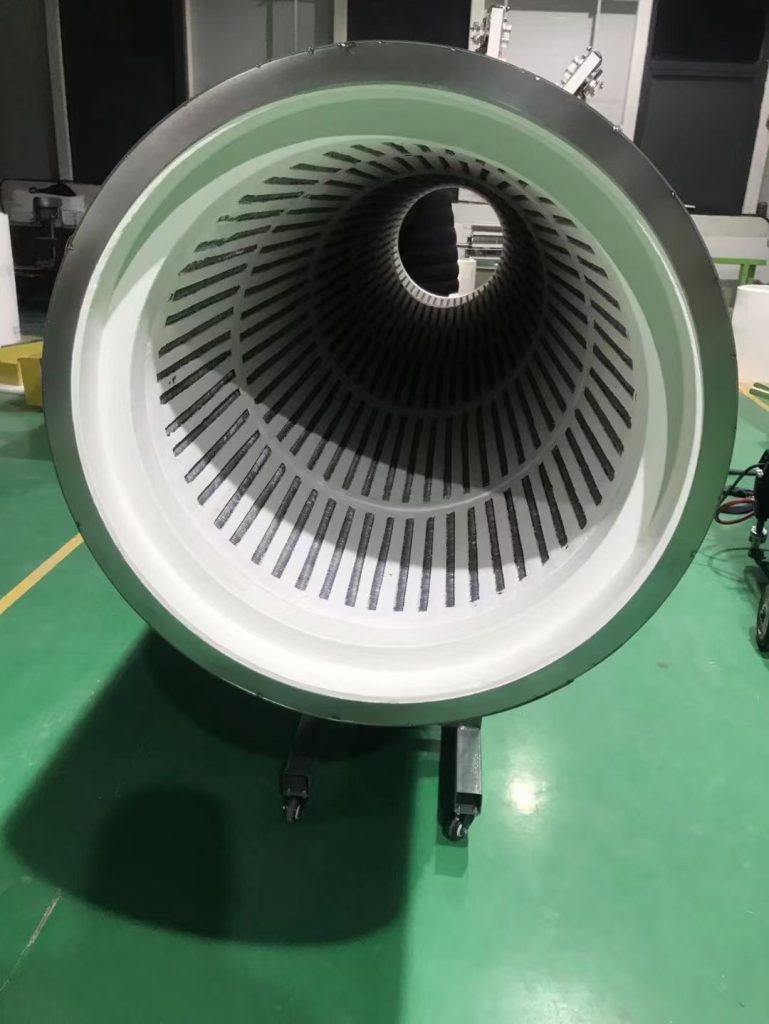
Advantages of FeCrAl Alloy
-
- High Maximum Operating Temperature
FeCrAl alloys, especially HRE grades, can operate at temperatures up to 1400°C. This exceeds the 1200°C limit of Cr20Ni80 NiCr alloys. - Longer Service Life
At elevated temperatures in air, FeCrAl heating elements typically last 2 to 4 times longer than NiCr elements. This provides cost-effective longevity. - High Surface Load Capacity
Due to its higher allowable operating temperature and longer lifespan, FeCrAl can withstand greater surface watt loading. This results in faster heating rates and reduced material consumption. - Excellent Oxidation Resistance
FeCrAl forms a dense and adherent Al₂O₃ (aluminum oxide) film on its surface. This film is stable, resistant to spalling, and acts as an effective barrier against oxidation and carbon penetration. Additionally, Al₂O₃ has a high electrical resistivity and melting point. This enhances its protective qualities over the Cr₂O₃ film formed on NiCr alloys. - Lower Density
FeCrAl has a lower specific gravity than NiCr alloys. This allows for material savings when manufacturing elements of the same size. - Higher Electrical Resistivity
With its higher resistivity, FeCrAl allows for the use of thicker wire gauges, increasing durability—particularly important for fine wire applications. Moreover, its resistivity is less affected by cold working and heat treatment. - Superior Sulfur Resistance
FeCrAl alloys show excellent corrosion resistance in sulfur-containing atmospheres or when contaminated with sulfur compounds. NiCr is severely degraded under such conditions. - Lower Cost
FeCrAl contains no nickel. Nickel is a relatively scarce and expensive metal. Hence, this makes it much more economical than NiCr alloys.
- High Maximum Operating Temperature
Drawbacks of FeCrAl Alloy
Despite its advantages, FeCrAl has some limitations:
• Low high-temperature strength: Above 1000°C, FeCrAl tends to deform due to its own weight.
• Reduced plasticity after prolonged use: After extended exposure to high temperatures and subsequent cooling, the alloy becomes brittle and cannot be bent when cold.
⸻
- Advantages of NiCr Alloy
- High-Temperature Strength
NiCr alloys maintain superior mechanical strength at high temperatures and are less prone to deformation. Hence, this allows greater design flexibility for heating elements. - Good Plasticity After Long-Term Use
Even after prolonged high-temperature service, NiCr elements remain ductile upon cooling. This makes maintenance and reshaping easier. - Higher Emissivity
Fully oxidized NiCr surfaces exhibit higher thermal emissivity than FeCrAl. Under the same surface load, NiCr elements run at slightly lower temperatures. This improves thermal efficiency. - Non-Magnetic Properties
Most NiCr alloys are non-magnetic at room temperature (except for Cr15Ni60, which may show weak magnetism). This is particularly beneficial in certain low-temperature applications. In contrast, FeCrAl becomes non-magnetic only above 600°C. - Better General Corrosion Resistance
NiCr generally offers better corrosion resistance than non-oxidized FeCrAl, except in sulfur-containing or certain controlled atmospheres.
- High-Temperature Strength
Conclusion
FeCrAl alloys are ideal for applications requiring high operating temperatures, long service life, and cost efficiency. They are especially beneficial in oxidizing and sulfur-rich environments. NiCr alloys, on the other hand, are preferred when mechanical strength, plasticity, and higher emissivity are more critical. Understanding the properties of these two alloys allows engineers and designers to make informed choices for reliable and efficient heating systems.
